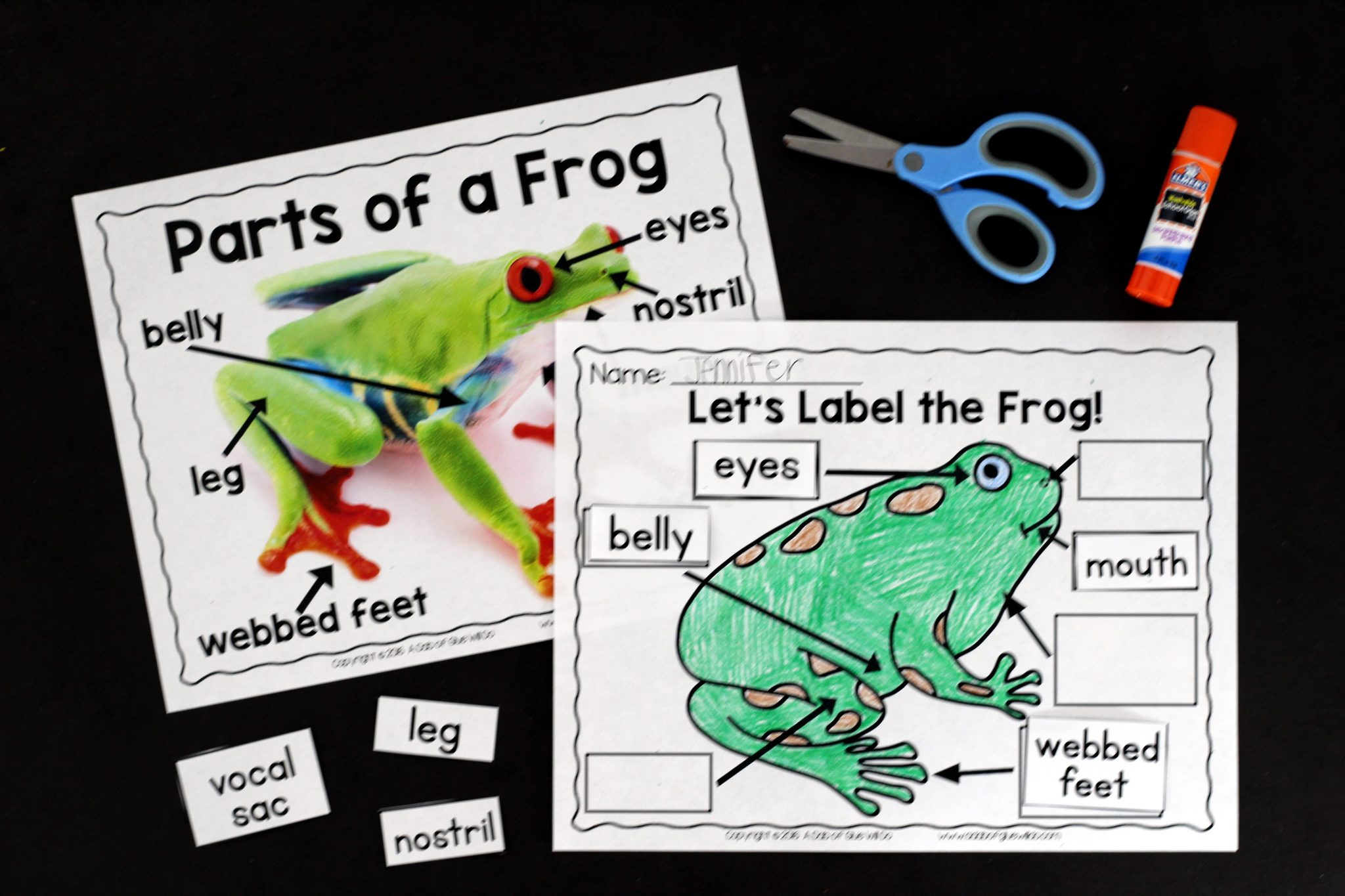

Fat Bodies - Masses of fat in the body cavities of frogs. Liver - Secretes bile and processes digested food molecules Urinary Bladder - The organ that collects and stores urine until released. Large Intestine - Posterior organ of the digestive system which stores undigested food. Gall Bladder - Sac which stores bile.ĩ Functions of the Internal Anatomy of a Frog: Duodenum - The anterior (front) part of the small intestine into which food passes from the stomach Pancreas - Gland which secretes digestive enzymes into the duodenum. Small Intestine - The principal organ of digestion and absorption of digested food. Stomach - Stores food and mixes it with enzymes to begin digestion. Cloacal Opening - Opening of cloaca through which undigested food, urine, eggs, and sperm are passed.Ĩ Functions of the Internal Anatomy of a Frog: Nictitating Membrane - A transparent part of a frog’s lower eyelid that moves over the eye to clean it and protect it. Eustachian tube openings - Openings in the mouth that lead to tubes that connect to the middle ear to equalize air pressureĦ Functions of the External Anatomy of the Frog

Vomerine Teeth - Small projections in the top of a frog’s mouth that function in holding captured prey. Video Here Maxillary Teeth - Sharp teeth in the maxilla of a frogs mouth that function to hold captured prey. Tongue - Muscular structure attached to the front of the mouth which is extended to catch insects (its food). Tympanic Membrane - The eardrum - receives sound waves Glottis - The opening from the mouth into the respiratory systemĤ Functions of the body parts that make up the frog’s head Esophagus - Tube that connects the mouth and the stomach in a frog. Presentation on theme: "Frog Body Parts and Functions"- Presentation transcript:ģ Functions of the body parts that make up the frog’s headĮxternal nares or nostrils - Anterior openings for the entry or exit of air.


 0 kommentar(er)
0 kommentar(er)
